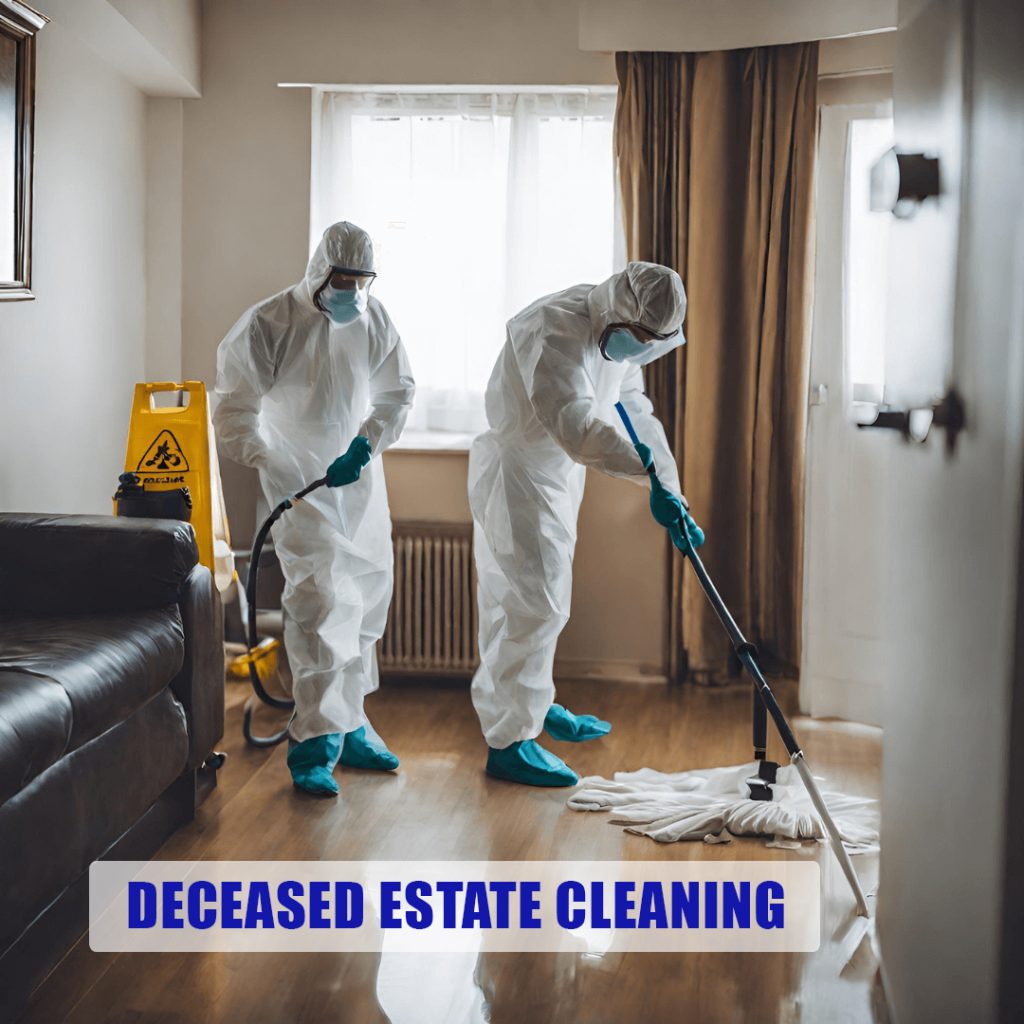DECEASED ESTATE CLEANING FOR HOARDERS: IT’S MORE CHALLENGING FOR CLEANERS

Deceased estate cleaning for a loved one is difficult, but when that person was a hoarder, it becomes even more challenging. Hoarding can create a cluttered and sometimes hazardous environment, and the process of cleaning it out after someone’s death adds an emotional layer. Here’s a concise guide to help you navigate the process with care and sensitivity.
Steps for Cleaning a Deceased Hoarder’s Estate
- Plan Ahead
Assess the extent of the clutter before starting. Is the home filled with furniture, clothing, or hazardous conditions like mold or pests? Break the task into manageable sections and set a realistic timeline.
- Consider Professional Help
If the hoard is extensive or hazardous, hiring professional cleaning services is a smart choice. These experts can handle biohazards, mold, pests, and unsafe conditions efficiently.
- Sort Belongings with Care
Sort items into categories: keep, donate, sell, or dispose of. Be sensitive when deciding what to keep or discard, as many items hold sentimental value. Involve family members in the decision-making process.
- Handle Personal Documents
Carefully go through the deceased’s papers, such as legal, financial, and medical documents. These are important for managing the estate and ensuring the deceased’s wishes are honored.
- Prioritize Safety
Hoarded homes often present physical dangers, such as unstable piles of items or unsanitary conditions. Use protective gear and consider professional help to manage dangerous situations.
- Take Your Time
The cleaning process will likely take time, and it’s important to pace yourself. Take breaks, and don’t rush through the task. Be prepared for emotional moments and seek support when needed.
Emotional Support
Cleaning the estate of a hoarder can be mentally and emotionally exhausting. It’s essential to care for your well-being by seeking emotional support, whether through therapy, support groups, or talking to friends and family.




